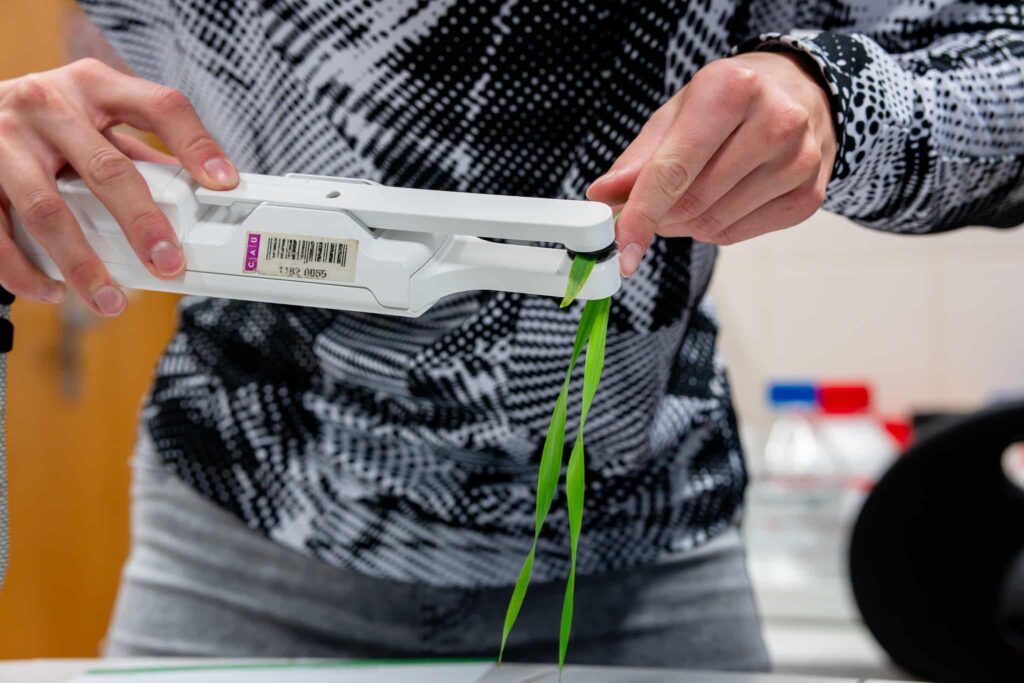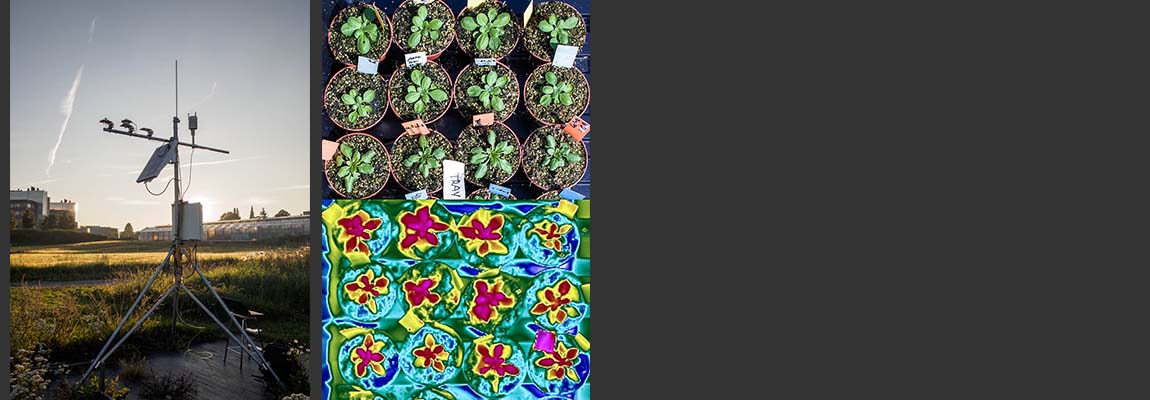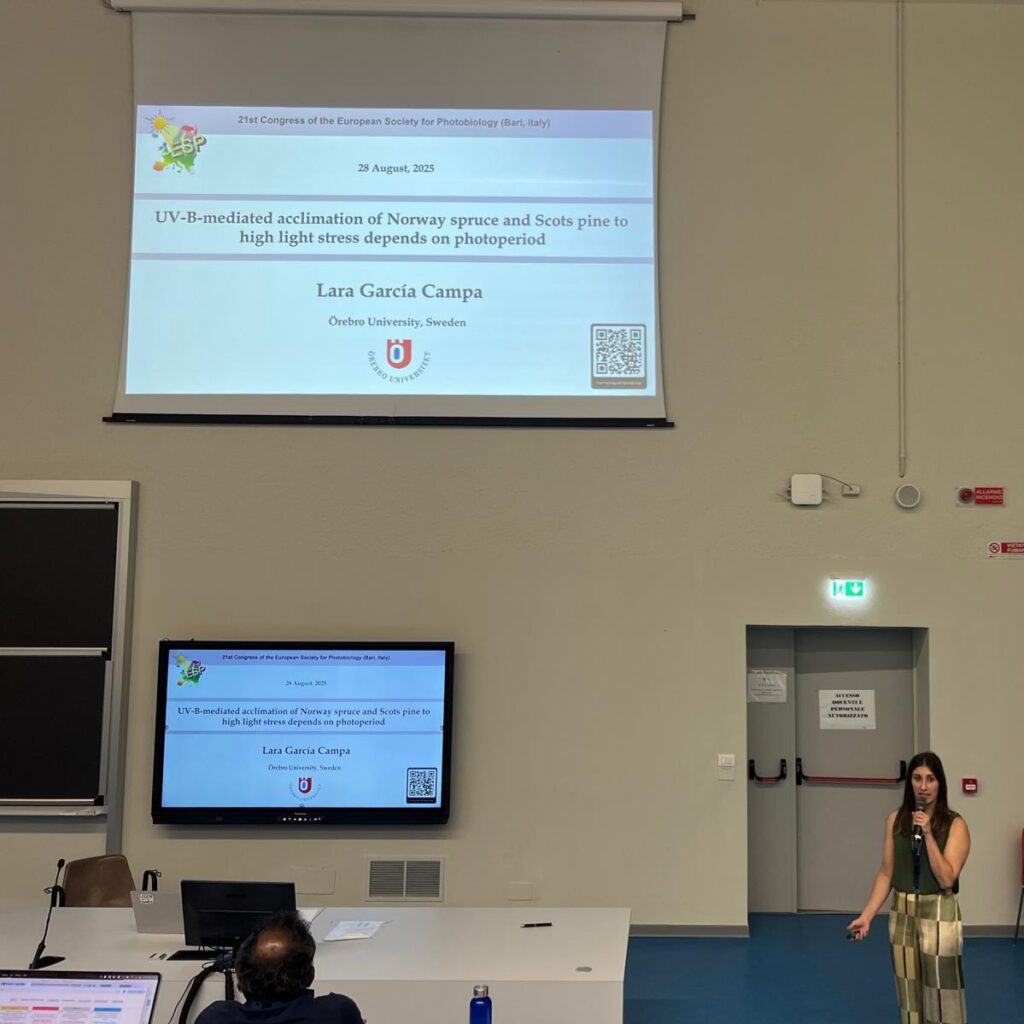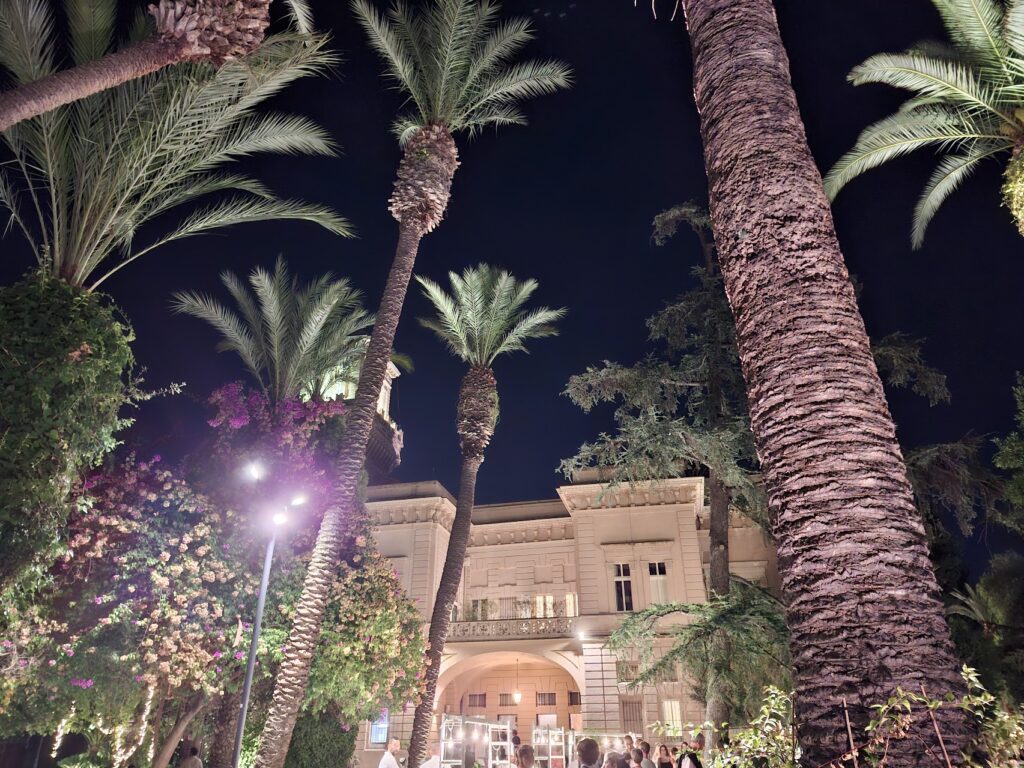The UV4Plants Training School, Ostrava (14. – 17. 10. 2025):
 The UV4Plants Training School was organised to provide early-career researchers and students with hands-on experience in methods commonly used to investigate plant responses to ultraviolet (UV) radiation. Instead of working on unrelated samples, participants performed an experiment under near-real research conditions. The central question addressed whether barley leaf angle, vertical or horizontal, modulates the spatial distribution of UV-protective pigments and how this relates to the severity of acute UV-B-induced damage, as evaluated by photosynthetic performance related parameters (Fv/Fm, thylakoid-membrane integrity, and CO₂-fixation rate).
The UV4Plants Training School was organised to provide early-career researchers and students with hands-on experience in methods commonly used to investigate plant responses to ultraviolet (UV) radiation. Instead of working on unrelated samples, participants performed an experiment under near-real research conditions. The central question addressed whether barley leaf angle, vertical or horizontal, modulates the spatial distribution of UV-protective pigments and how this relates to the severity of acute UV-B-induced damage, as evaluated by photosynthetic performance related parameters (Fv/Fm, thylakoid-membrane integrity, and CO₂-fixation rate).
The experiment comprised two phases. First, prior to any UV-B exposure, the acclimatory state of leaves grown at different angles, specifically the distribution of UV-absorbing pigments and the associated leaf optical properties,were determined. Second, the acute effects of UV-B were examined in primary leaves developed at these contrasting angles, enabling a direct comparison of pigment distribution and physiological damage.
Participants received practical training in: (i) basic HPLC profiling of UV-absorbing pigments; (ii) characterisation of leaf optical properties, including non-destructive in vivo estimation of UV-screening compounds, spectrofluorimetric analysis of chlorophyll excitation spectra in the UV range, and spectroradiometric measurements of leaf reflectance; (iii) functional analysis of Photosystem II using (imaging-)PAM fluorometry; (iv) electrochromic shift (ECS)-based assessment of thylakoid-membrane integrity; and (v) whole-leaf gas-exchange measurements to link pigment and optical traits with photosynthetic performance.
The pedagogical framework covered entire experimental process—from discussion of the experimental setup through sampling, standardised data acquisition, inter-group data pooling, and supervised processing—culminating in structured, cross-method synthesis. Joint synthesis sessions were chaired by senior scientists, including Prof. Éva Hideg and Prof. Wolfgang Bilger, who guided interpretation, highlighted methodological limitations and sources of variance, and demonstrated best practices for cross-validation across optical, biochemical, and gas-exchange datasets. The school thus combined rigorous practical instruction with integrative data analysis, aligning with the UV4Plants mission to advance robust, comparable research on plant UV responses.
Summary of Participation:
Participants completed 7 hours of lectures, 12 hours of practical (lab-)lectures, and 6 hours of meetings focused on data-processing and discussions of results.
Local Organizing Committee
- Dr. Jakub Nezval — Main Coordinator
- Dr. Adriana Volná — Logistics and Communication
- Dr. Daniel Vrábl — Scientific Advisor
- Dr. Martin Navrátil — Finances and Communication
- Prof. Éva Hideg — Scientific Advisor
Lecturers
- Prof. Wolfgang Bilger — Leaf optics; measurement of epidermal UV transmittance; Key Lecture; Discussion Leader
- Dr. Jakub Nezval; Dr. Zuzana Kmecová Materová — HPLC techniques
- Dr. Martin Navrátil — Leaf reflectance; Imaging-PAM
- Dr. Václav Karlický — Electrochromic shift (ECS)–based analysis of thylakoid membranes; measurement of chlorophyll excitation spectra in the UV region
- Assoc. Prof. Michal Štroch — PAM-based techniques
- Dr. Daniel Vrábl; Jan Pleva, MSc — Gas-exchange analysis









 We are pleased to announce the UV4Plants Training School in Ostrava, Czech Republic, from 15th to 17th October 2025*. The training school is designed for PhD students as well as for master’s students who have previous experience in plant research.
We are pleased to announce the UV4Plants Training School in Ostrava, Czech Republic, from 15th to 17th October 2025*. The training school is designed for PhD students as well as for master’s students who have previous experience in plant research.
